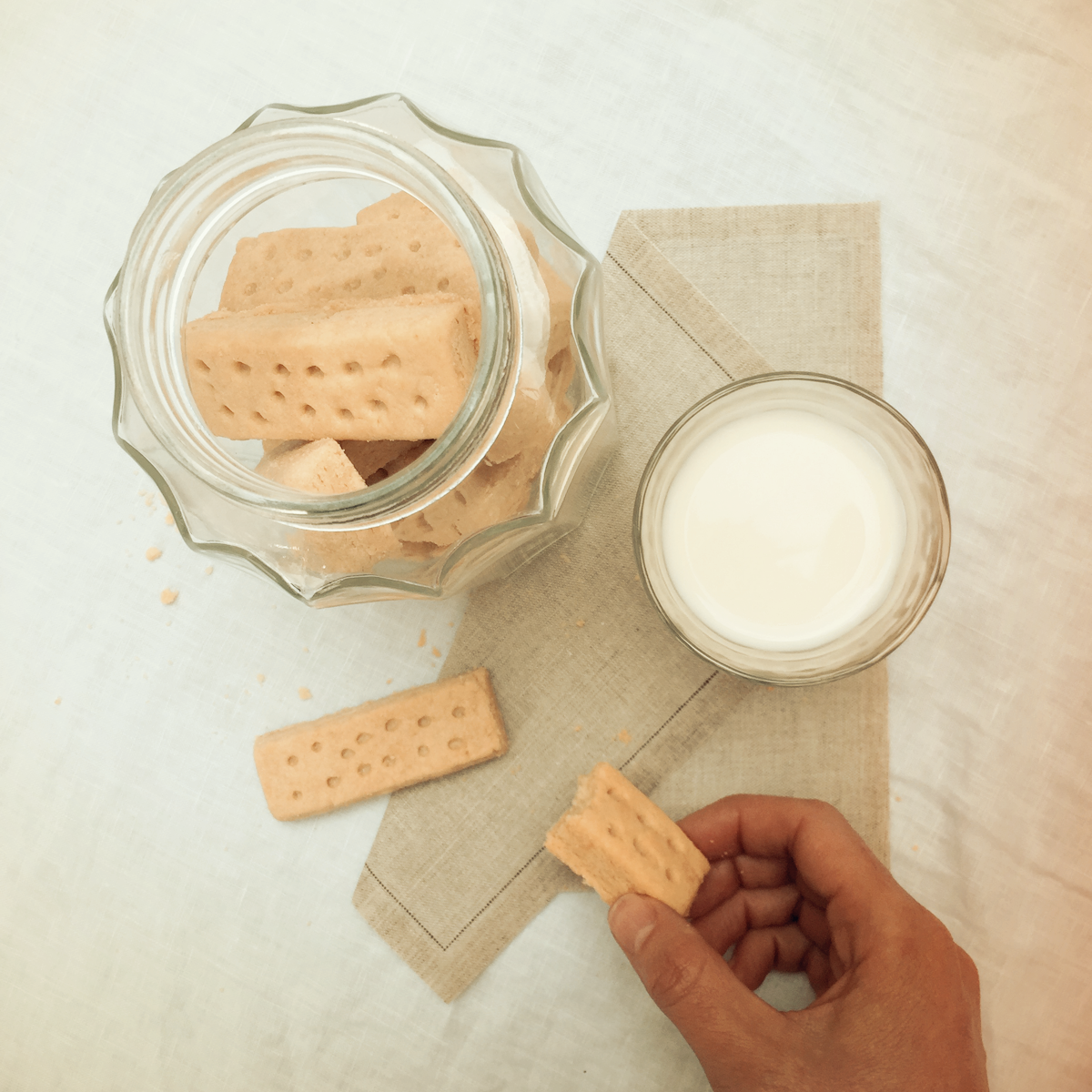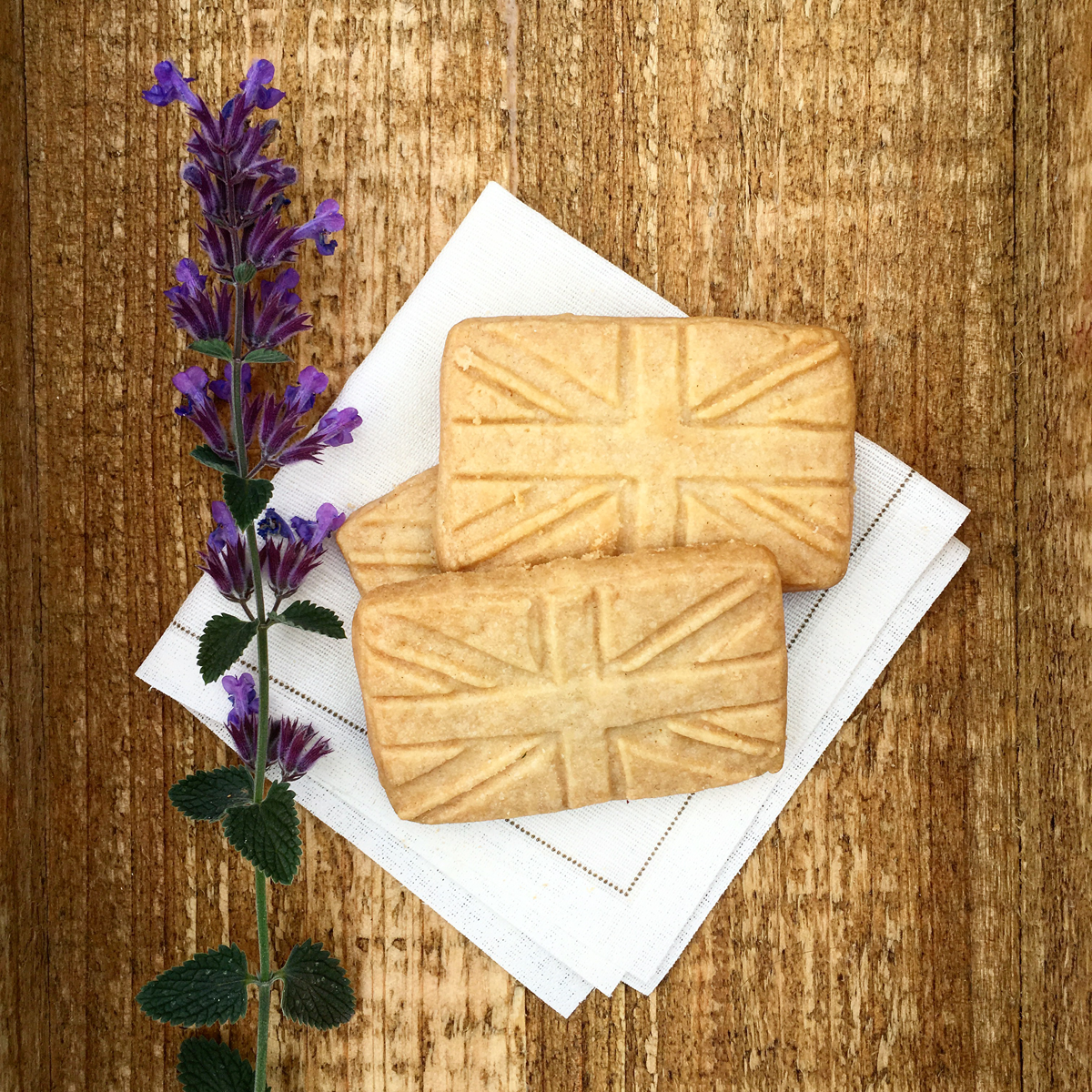The History of Shortbread Part 1
Posted by Michael Mortimer on 16th Feb 2017
When you enjoy a classic shortbread finger, or dunk a petticoat tail in a cup of tea, you are tasting a little piece of history. The history of shortbread goes back centuries, with this humble, crumbly biscuit being enjoyed throughout Scottish history. Join us on a trip back through the years as we explore how ‘The World’s Finest Shortbread’ has evolved.

Shortbread in its earliest form
We can trace the history of shortbread back hundreds of years. The first historical notes on shortbread come from the 12th century, although that was a rather different form than the delicious crumbly Walkers Shortbread that melts in your mouth today. Original shortbread was a type of ‘bread biscuit’ or twice baked biscuit, which used leftover dough after bread making, sweetening it and making it into biscuits. The word ‘biscuit’ comes from Italian and literally means ‘twice cooked’. The so-called shortbread of the 12th century would have been rather hard, not very sweet, and if we tasted it today with our modern taste buds used to sweet and delicious baking so familiar to us, we probably wouldn’t have thought it very special at all. But to people of the time, this labour-intensive baking which took a long time to make, using scarce resources, would have been seen as a rare and precious luxury.
The Queen’s biscuit
For a few hundred years shortbread was made like this, slowly baking the dough in the oven until hardened and served as an occasional treat. Gradually, the leavening was replaced by butter, and by the time Mary, Queen of Scots came into power in the 16th century, the shortbread had developed to a sweeter, more crumbly and ‘short’ biscuit. That ‘shortness’ in the name comes from the large amount of fat in the dough, which makes the dough slightly tricky to work with. Today, Walkers Shortbread only ever uses fine creamery butter from grass fed cows and never compromises by baking it’s shortbread with anything else.
The famous Scottish Queen Mary is often credited with the invention, or at least refinement of modern shortbread, as it was the cooks at her court who further improved it by taking influences from French cooking that developed at the court, and refining the biscuit using butter, flour and sugar as the main ingredients. Caraway seed was often added to the mix, and the dough would then be formed into fingers, rounds or the popular petticoat tails, which Mary Queen of Scots is said to have been extra fond of.

A shortbread for celebration
At this time in history, when food was often scarce outside the royal courts, any treat would be a luxuriously rare affair. The very first shortbreads were usually served only at very special occasions, like weddings, Christmas and New Year celebrations like Hogmanay, which have always been celebrated with aplomb in Scotland. As shortbread was made with butter, sugar and flour, it would be both expensive and difficult to get hold of the ingredients, and so became synonymous with wealth, luxury and celebrations. It was often made for weddings, showing off that the happy couple could afford to serve guests such a rare treat. In Shetland, the Scottish islands north of the mainland, it was a common tradition to break a piece of shortbread over the head of the new bride, bringing good luck and a happy marriage. Shortbread has been intricately linked with weddings and love for centuries, and even today shortbread is a popular item on the menus of many a Scottish wedding.

 UK
UK US
US